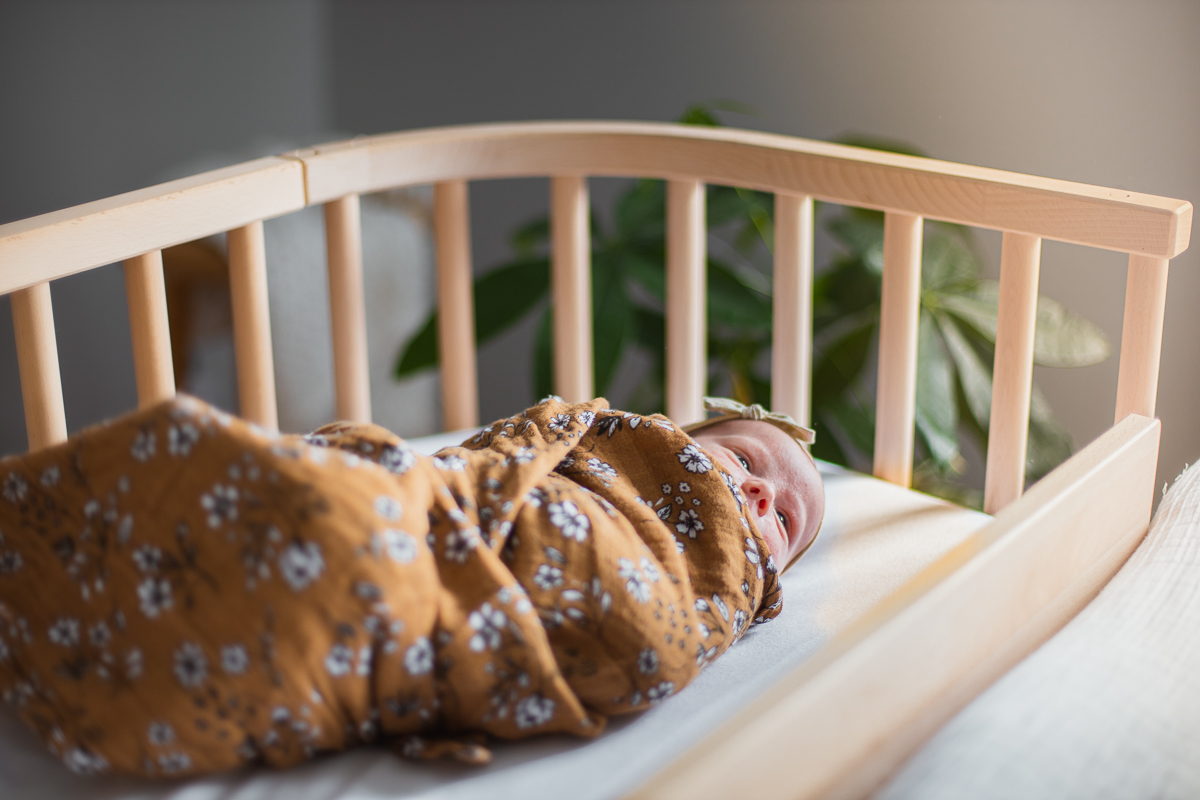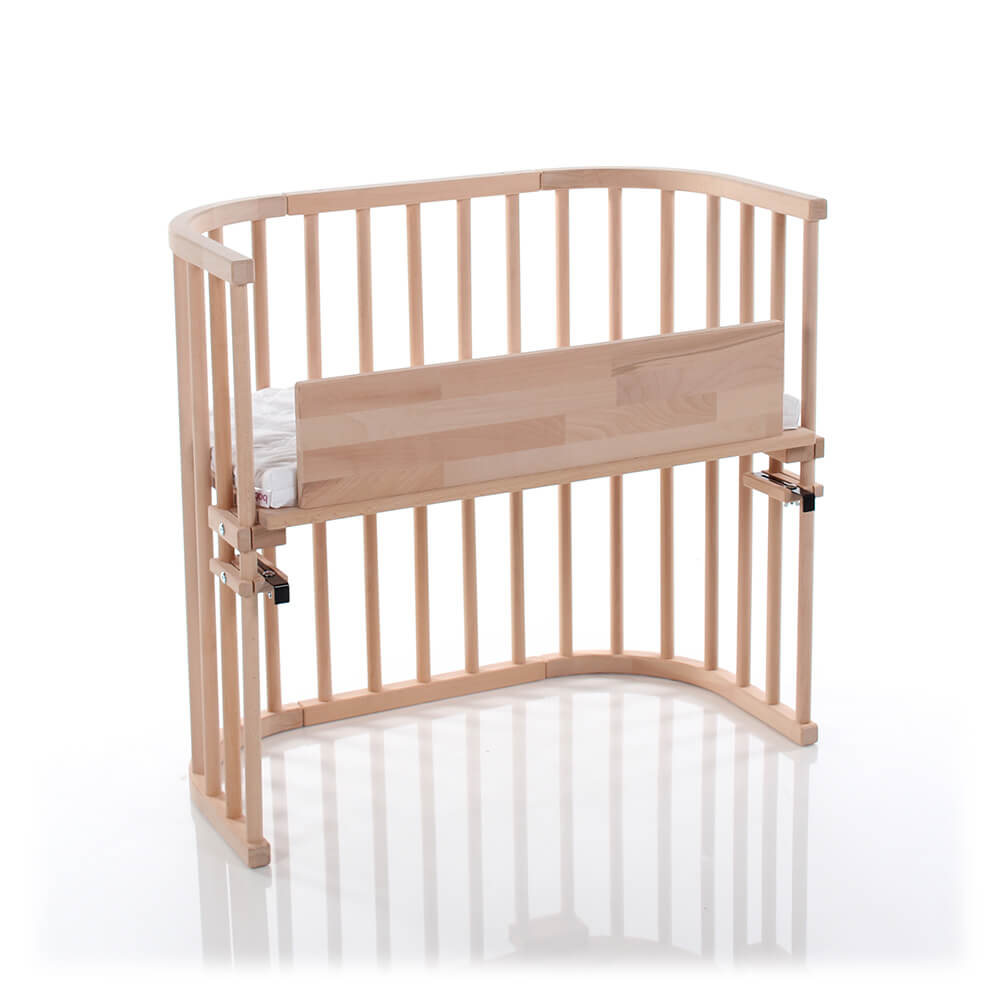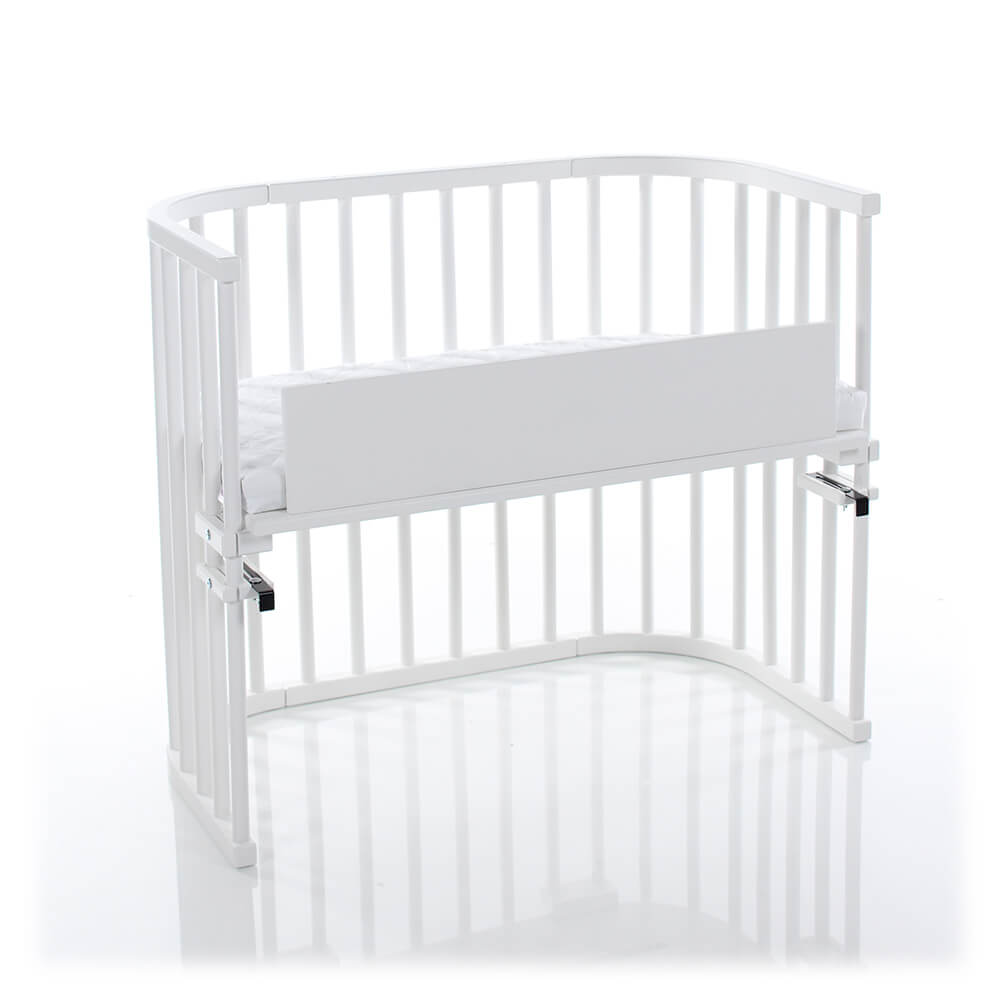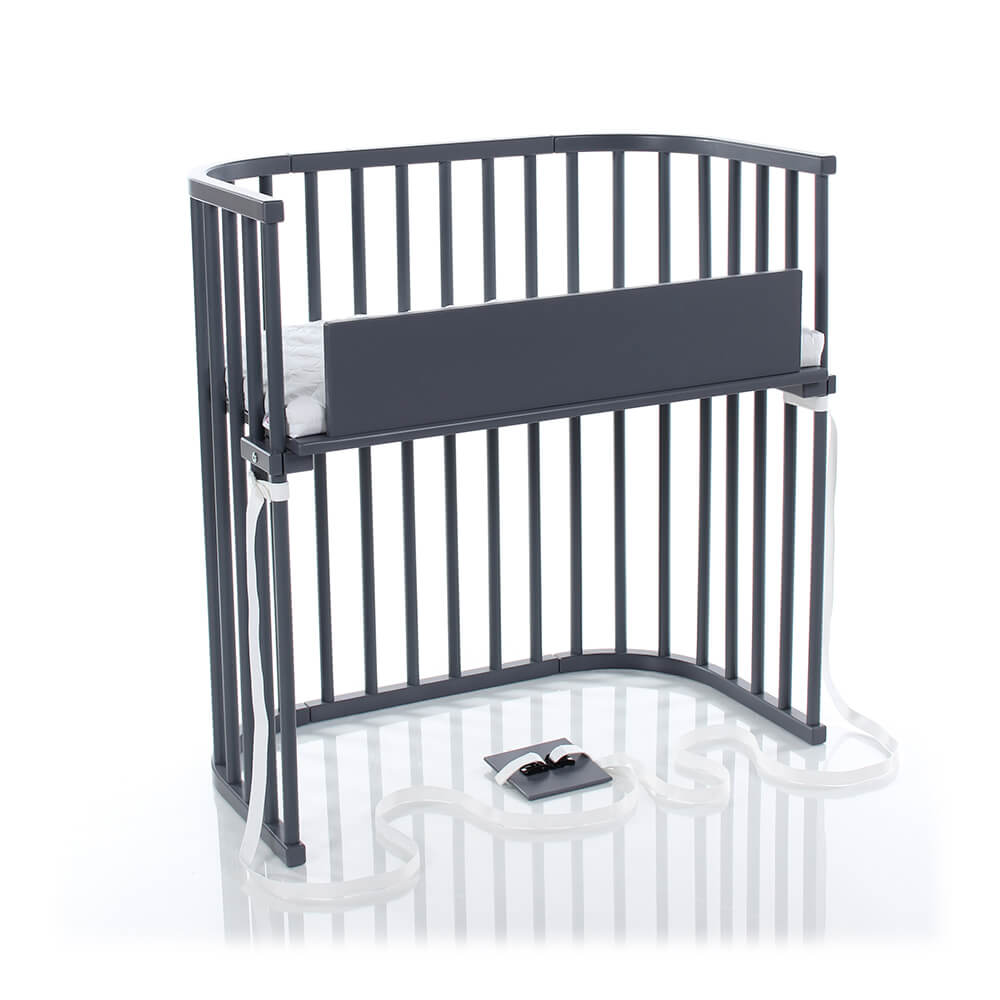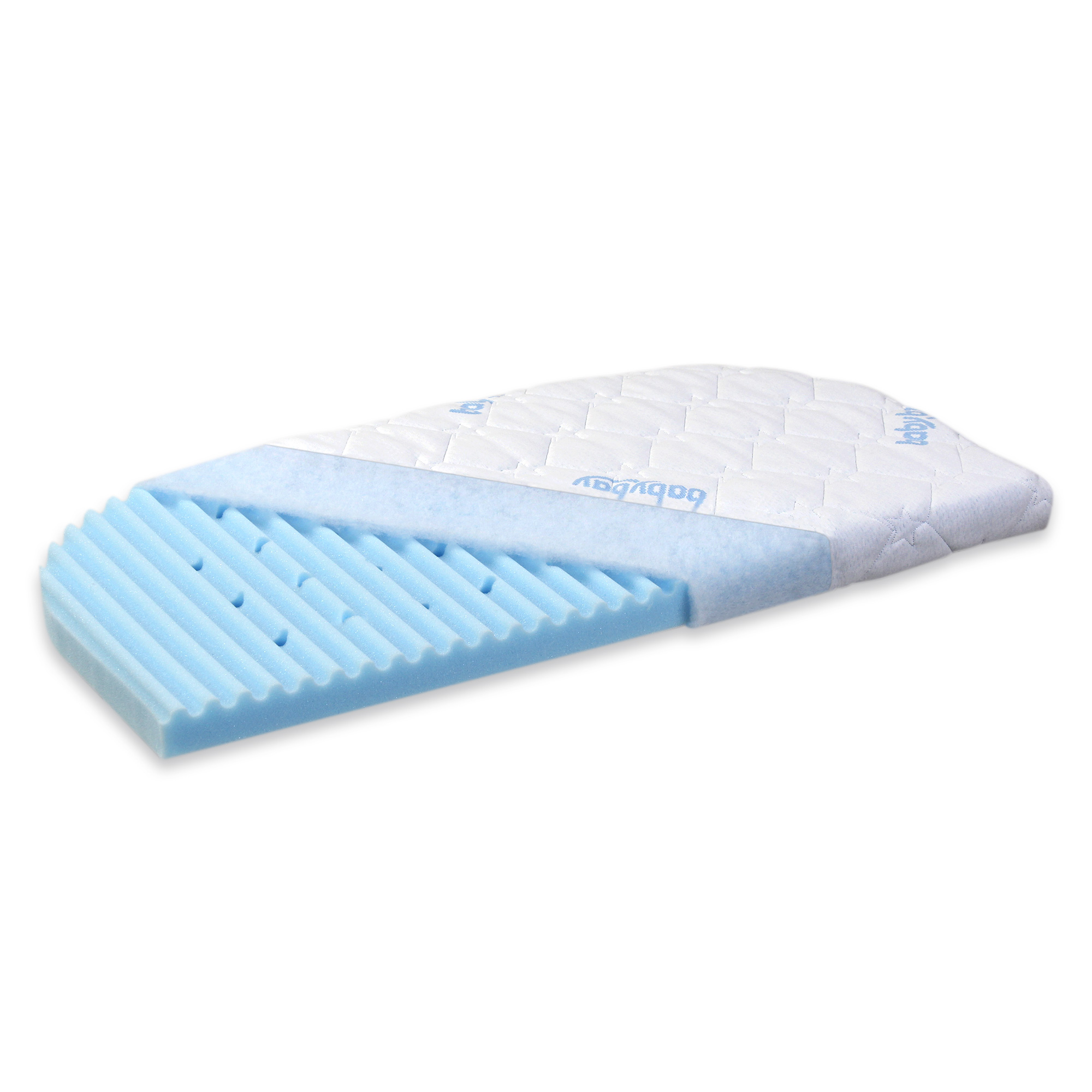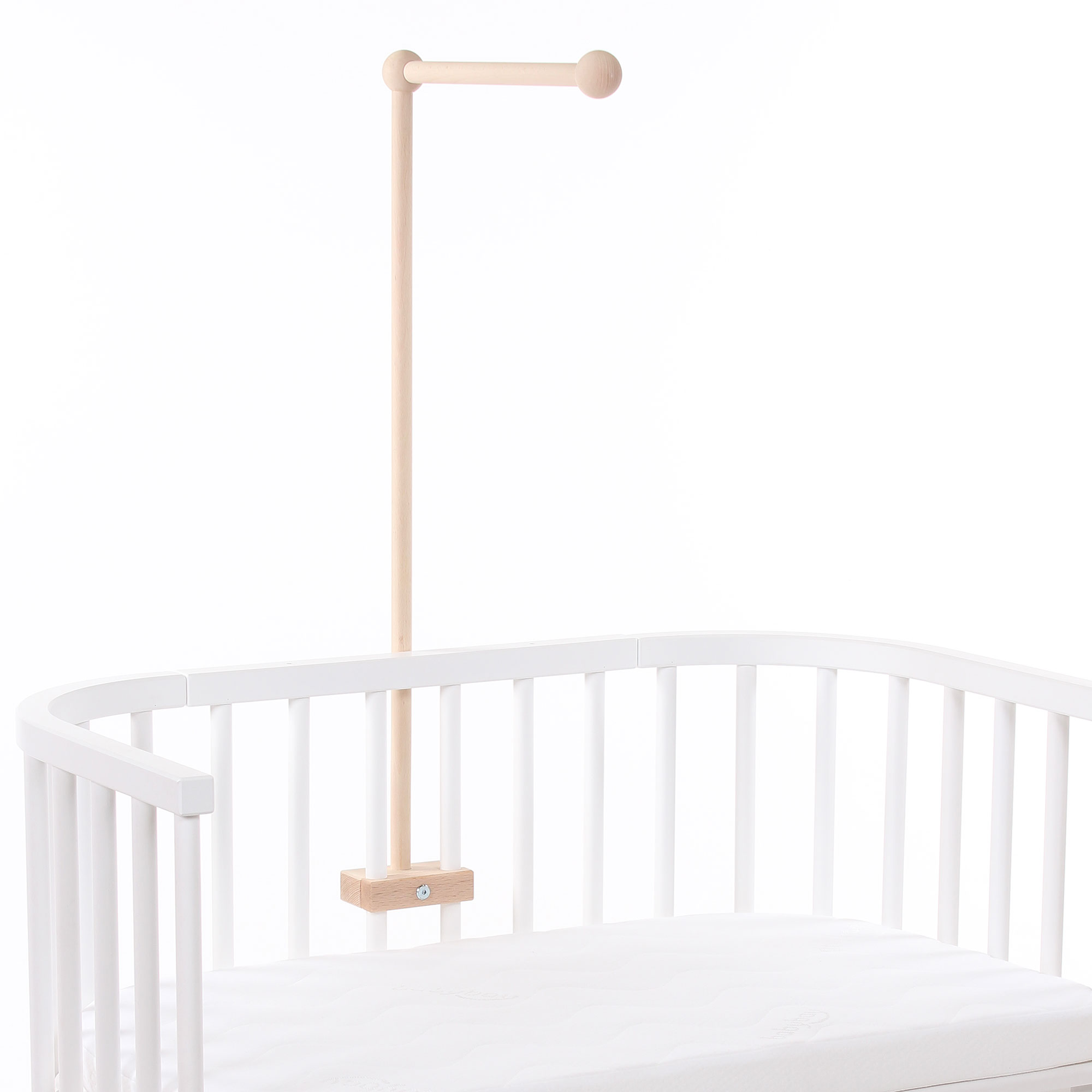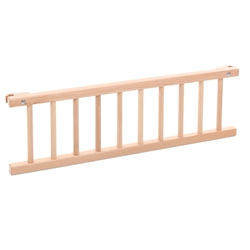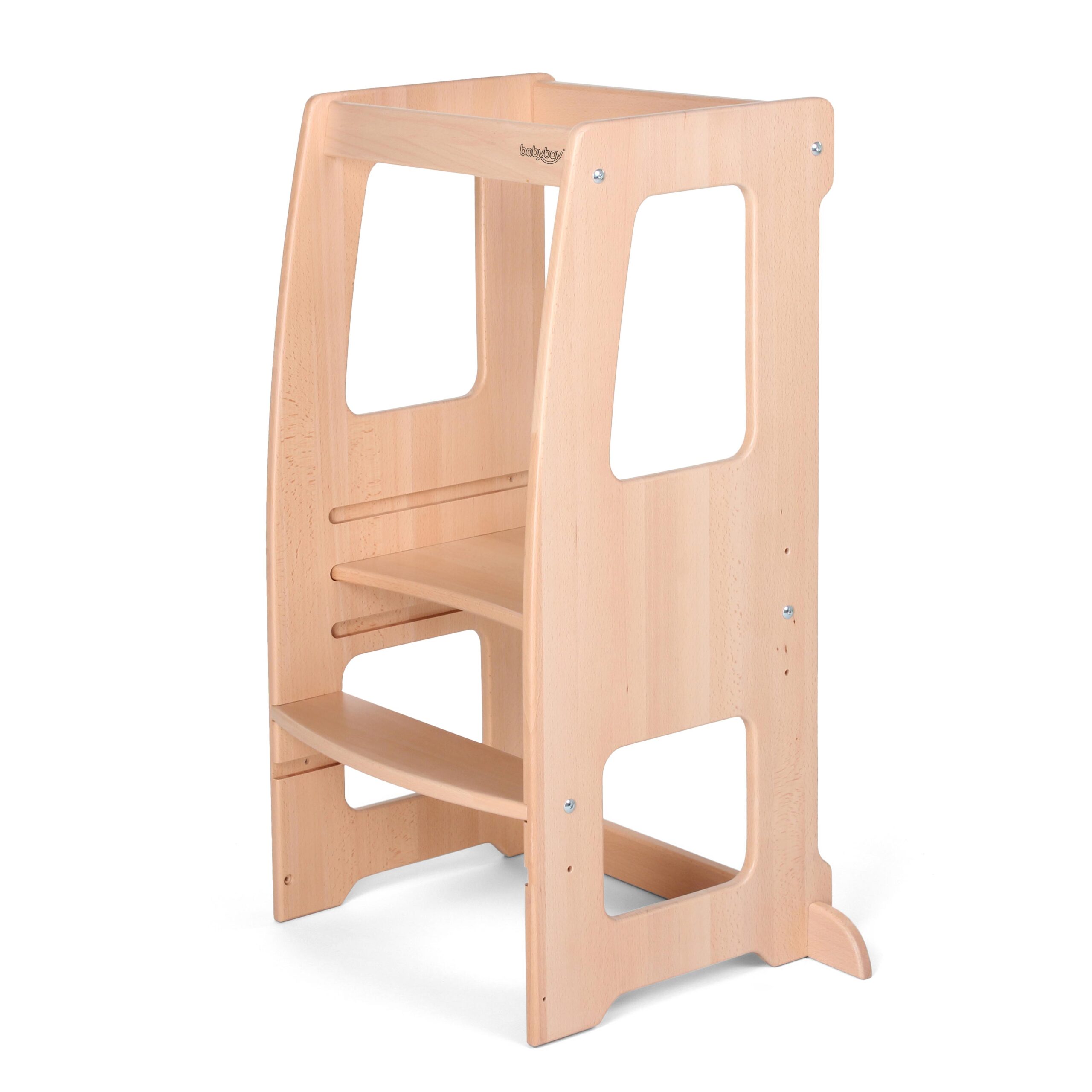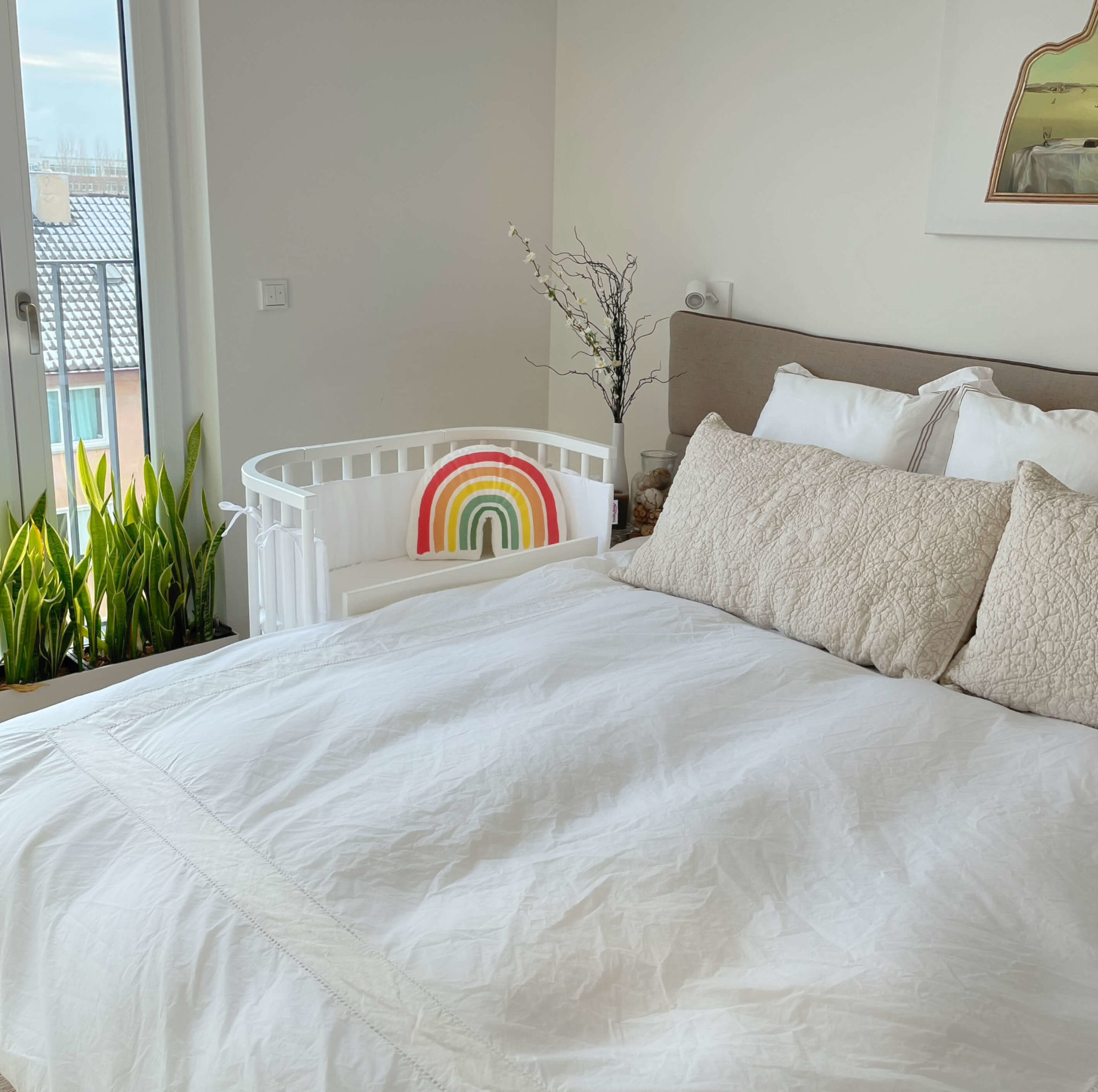
How to Safely Co-Sleep with a Newborn Baby (Fully Without Stress)
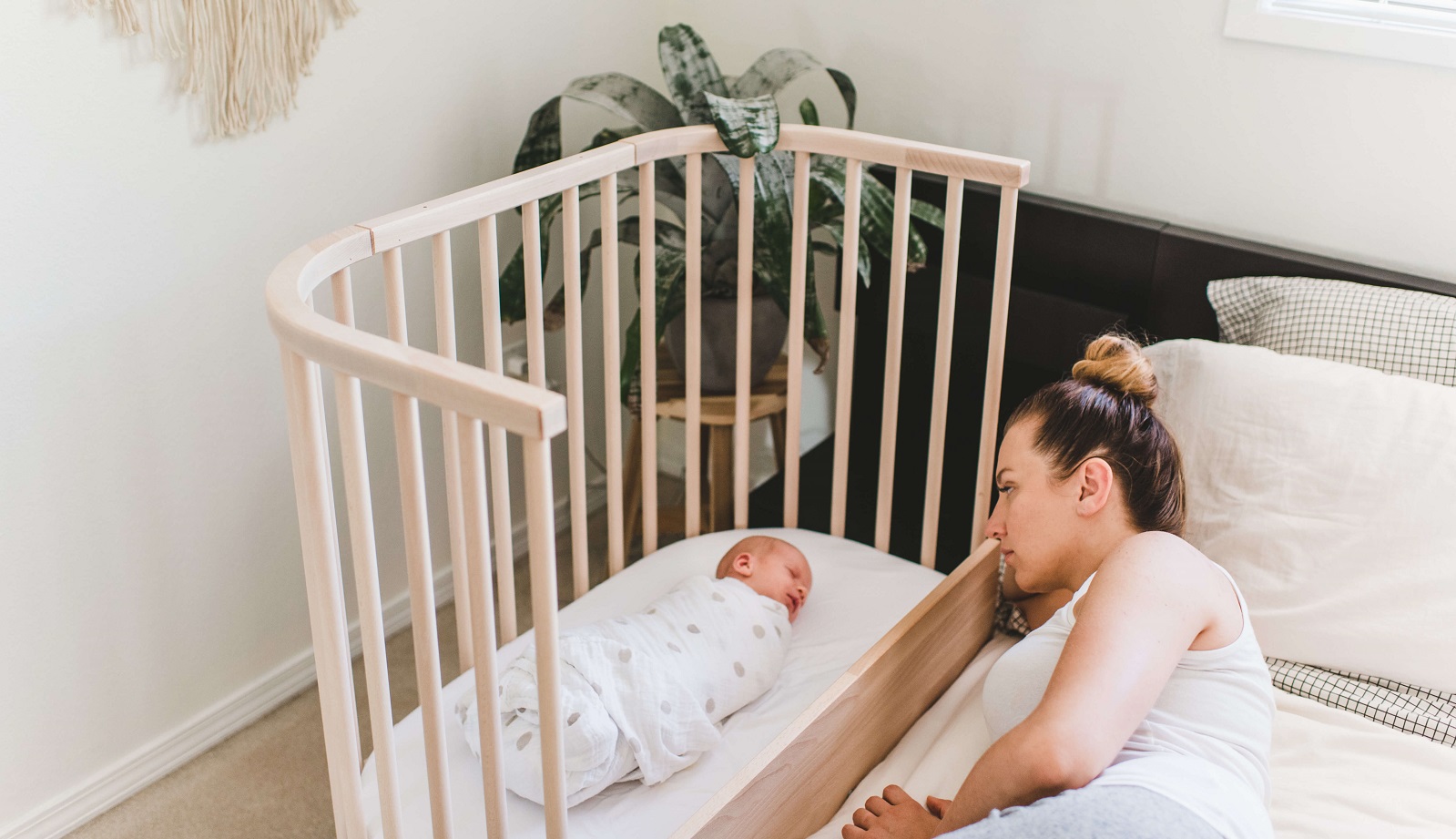
Is Co-Sleeping Bad? Let’s Talk About It
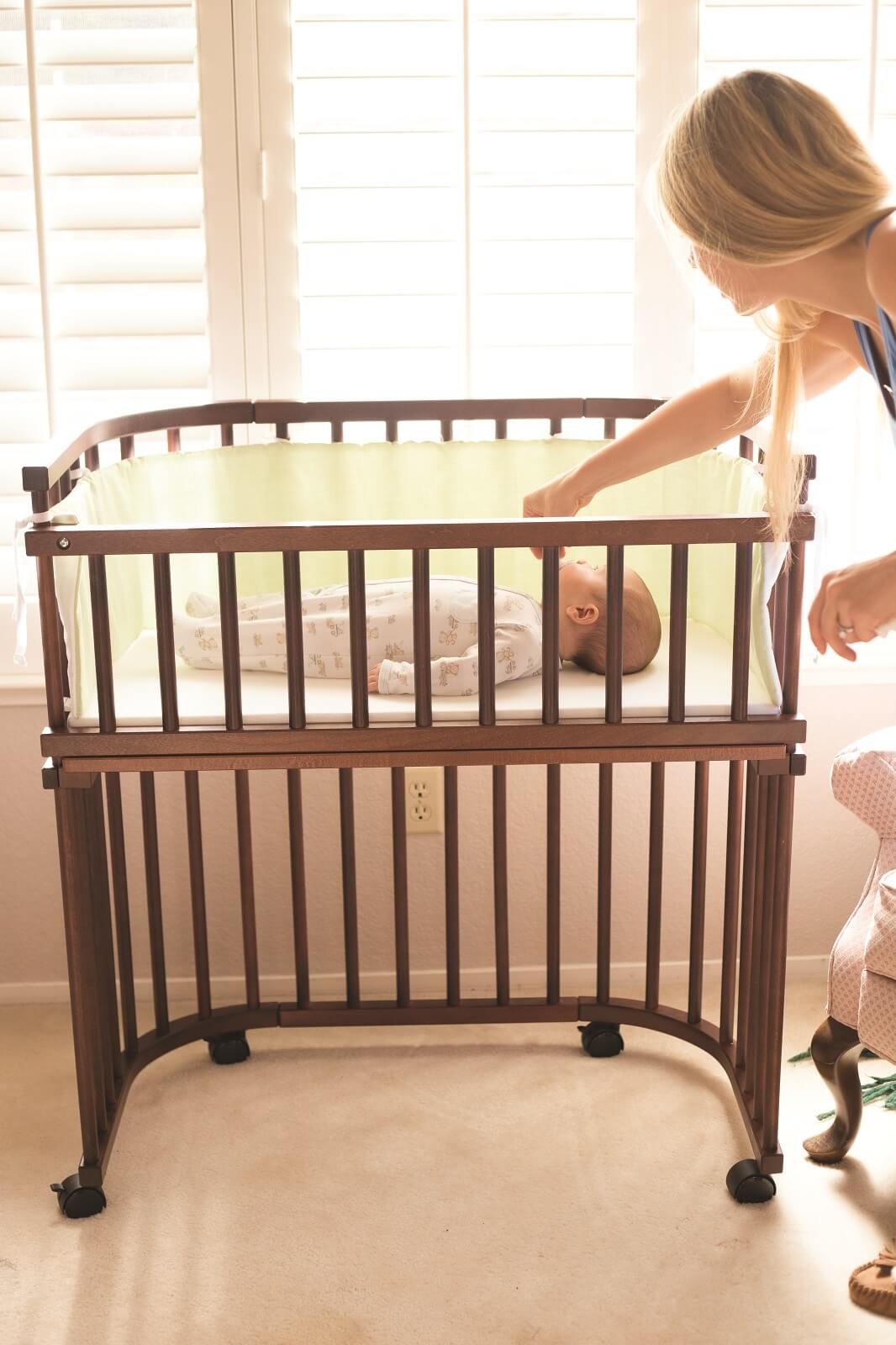
How to Break Co Sleeping and Move Baby Into a Room of Their Own
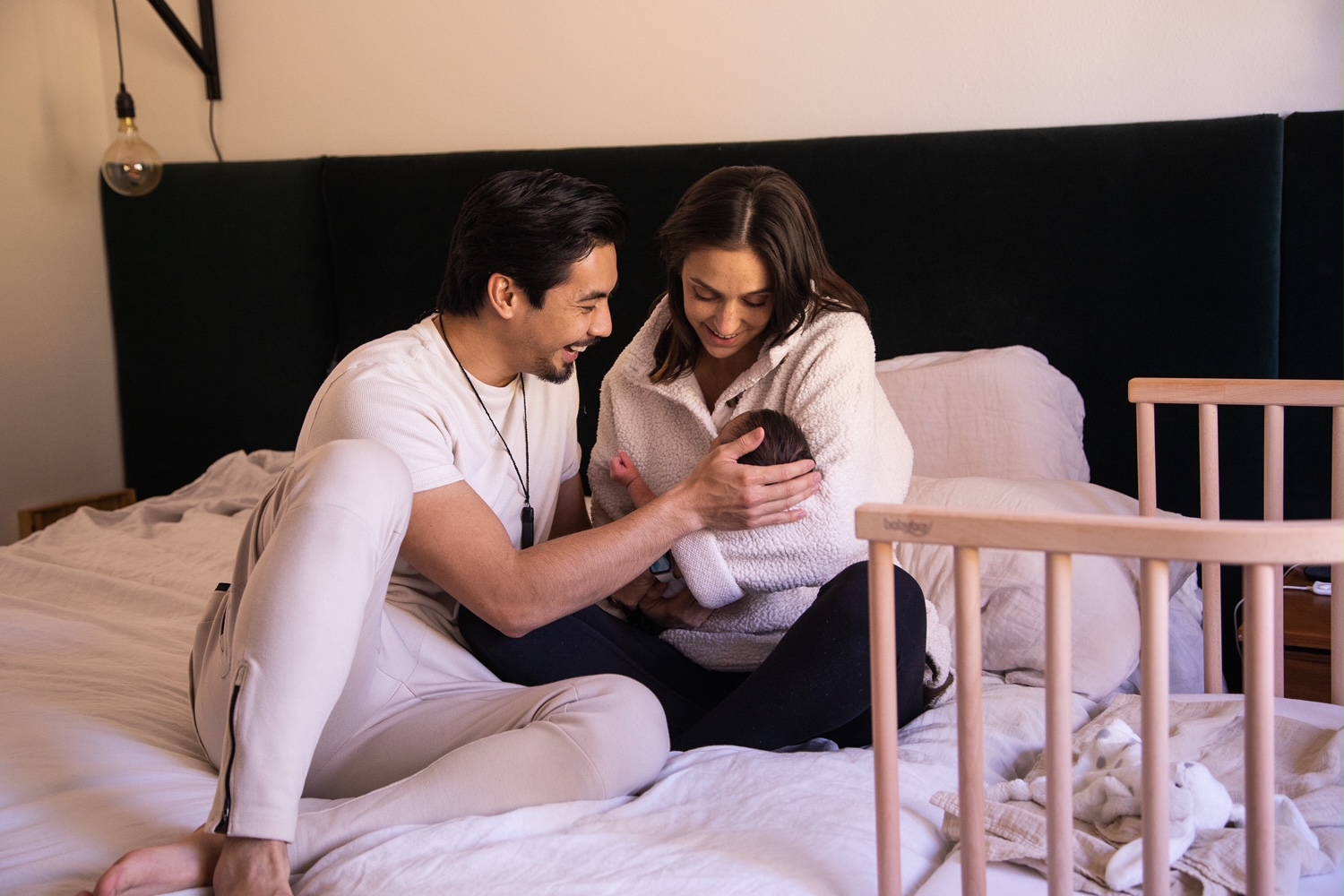
What Does Co Sleeping Mean (and How Do You Safely Practice It)?
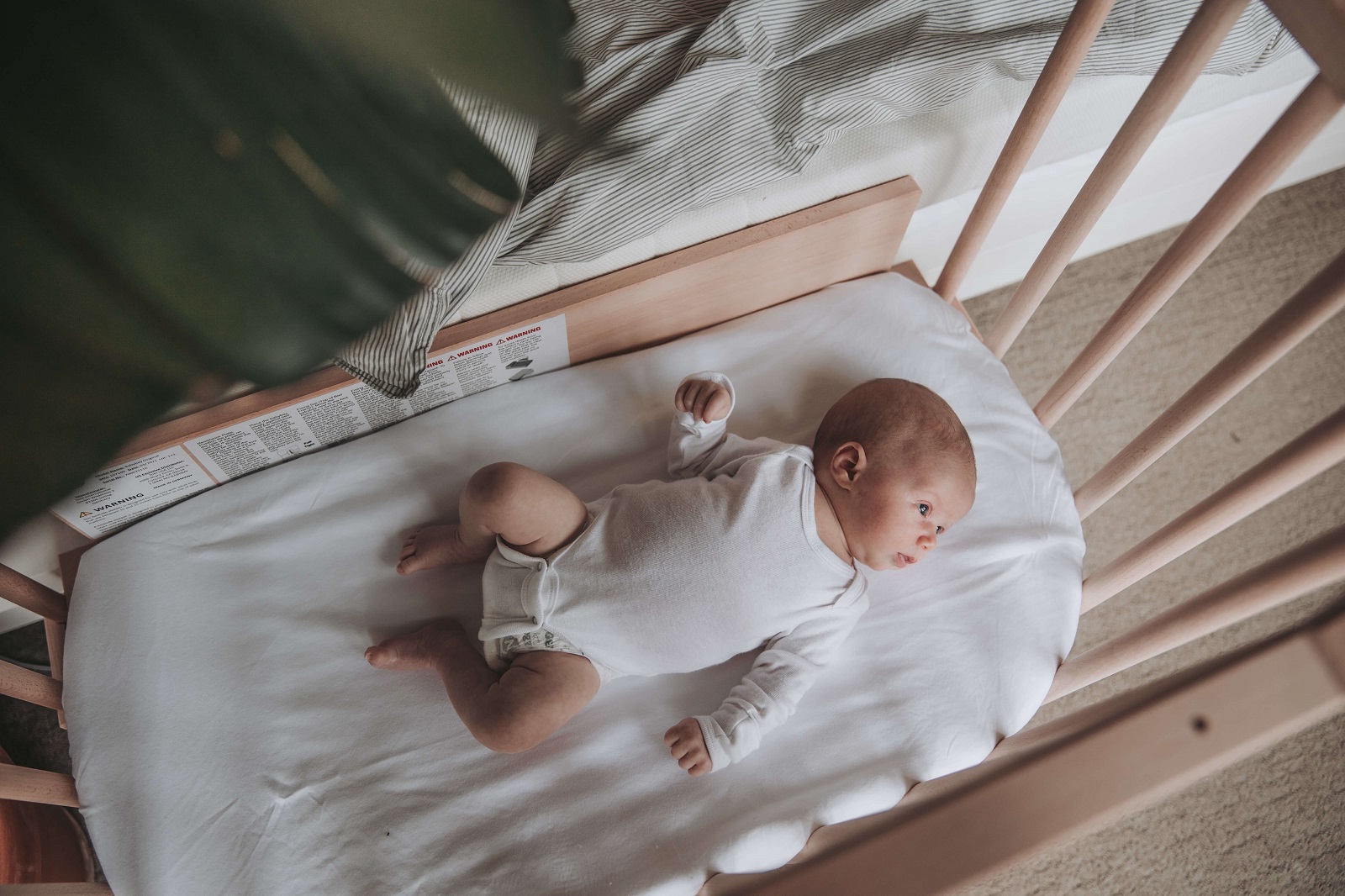
Why is Co Sleeping Bad for Newborns? (Hint: It’s Not!)

How to Safely Co-Sleep With Your Newborn in the Perfect Bedroom Setup
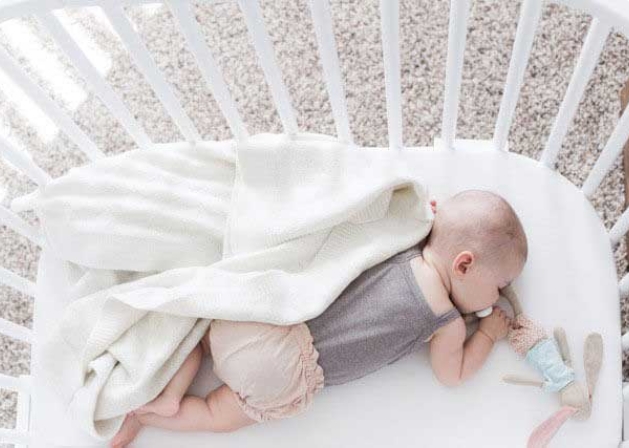
3 Big Benefits of Co-sleeping with your Newborn
